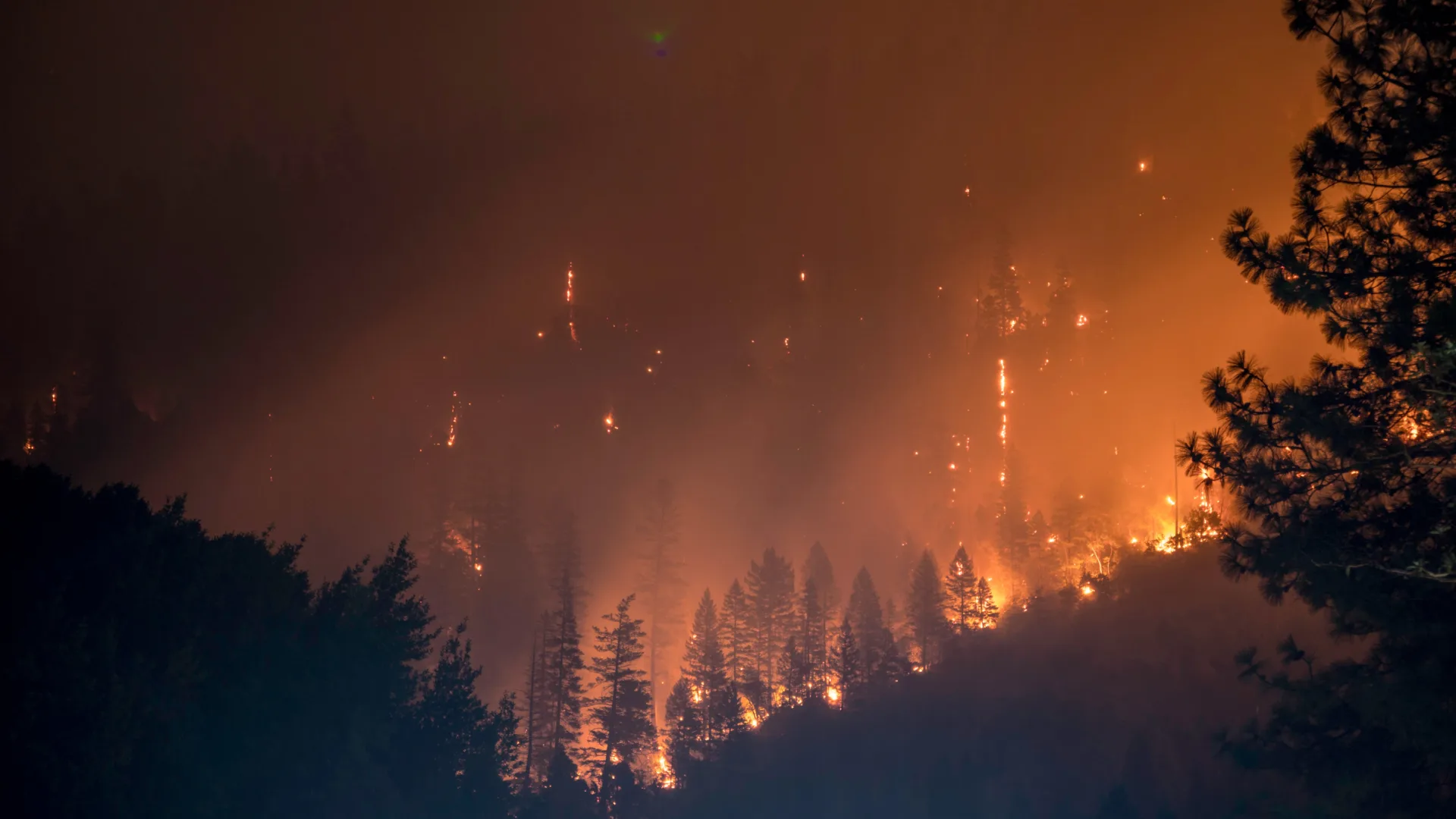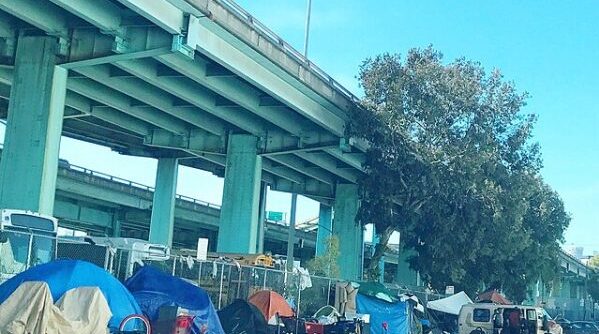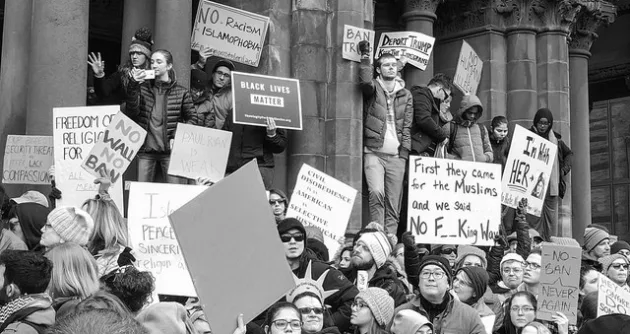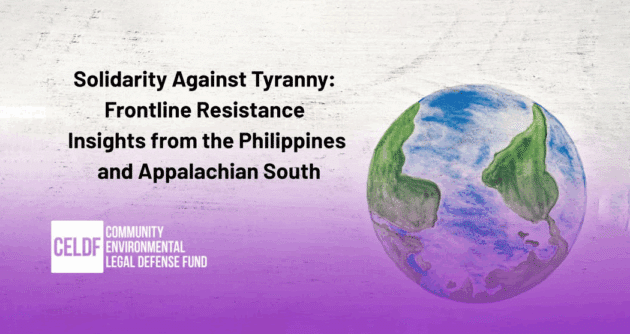Over the weekend of Earth Day, the documentary video “Youth v. Gov,” the story of the Juliana v U.S. climate lawsuit, was nationally released. Also known as the young people’s climate change lawsuit, the documentary covers the travails of twenty-one charismatic young people (the youngest was 7 when the suit was initially filed in 2015) who seek to have U.S. federal courts recognize that they have a constitutional right to a safe, healthy environment. The plaintiffs are represented in court by Our Children’s Trust (OCT), which calls itself the “world’s only non-profit public interest law firm dedicated exclusively to securing the legal rights of youth to a healthy atmosphere and safe climate, based on the best available science.” OCT “aims to ensure systemic and science-based climate recovery planning and remedies at federal, state, and global levels.”
“Youth v. Gov” tells a story that’s well-conceived for public relations purposes, featuring diverse, articulate, and charming child plaintiffs in a climate-rescue sojourn that has gone on for nearly seven years. Juliana v. U.S. was filed in federal court in Oregon and raises claims based on constitutional and public trust doctrines. The lead plaintiff, Kelsey Juliana, expressed at the outset that “maybe we don’t have Congress or the Presidency behind us, but we’ve always got the courts,” a perception that has visibly changed as time went by and the hijinks, dirty tricks and sheer manipulations perpetrated by the Department of Justice and corporate lobbying groups stalled any trial. By 2020, the plaintiffs seemed to be adjusting to the reality that their righteous cause had matured into a lifelong fight.
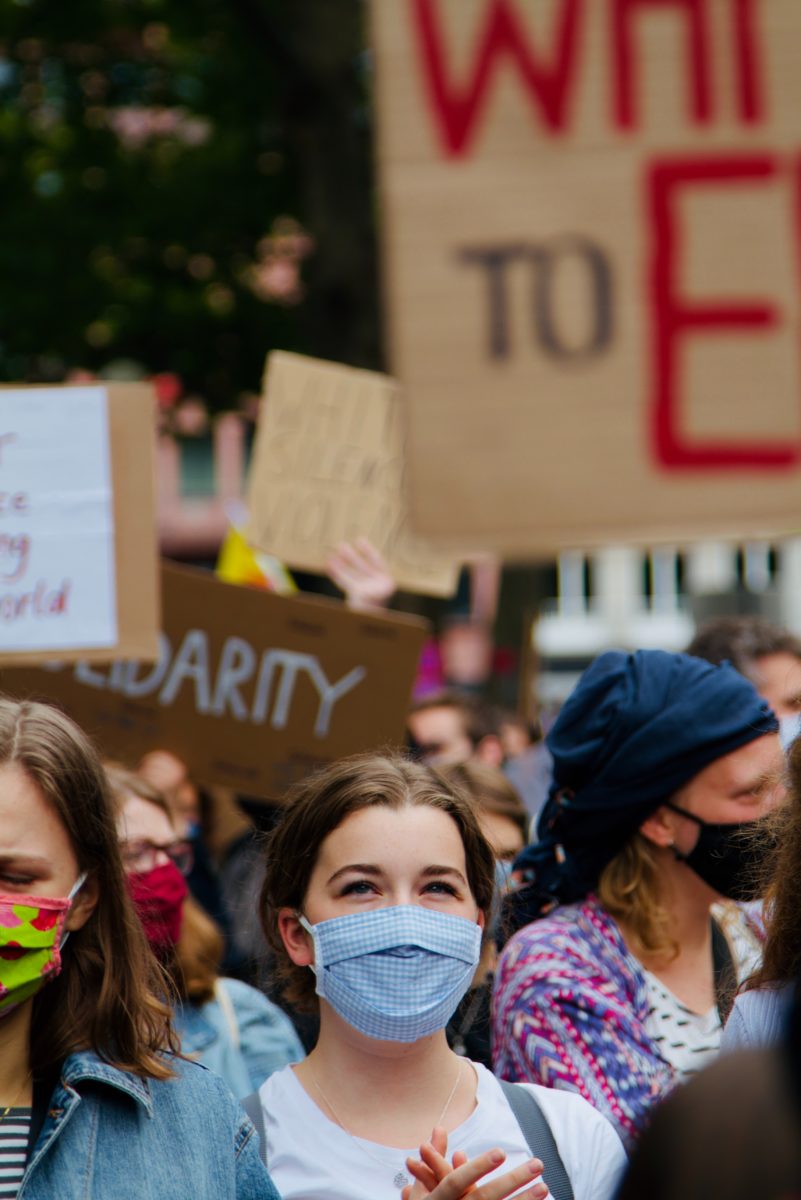
The documentary is overloaded with scenes of the plaintiffs triumphantly circulating among high-fiving throngs of young admirers outside federal courthouses, along with supporters’ standing ovations during closed-circuit broadcasts of oral arguments. Nonetheless, the Federal Government clearly maintains the upper hand. In early 2020, two of the three Obama-appointed judges of the Ninth Circuit Court of Appeals ruling on the latest appeal held that the lawsuit was not “justiciable” – meaning that fixing climate chaos requires discretionary policymaking that is not the job of the courts – and sent the matter back to the trial court to be dismissed. The Juliana plaintiffs then filed a motion to amend the lawsuit in March 2021. At any rate, the lawsuit presently sits, again, at the starting gate, awaiting the trial judge’s ruling on the amendment request to move forward.
My point isn’t to criticize these laudable young people for trying to elevate public visibility of the accelerating climate crisis through high-profile litigation; it’s to discuss what they want the courts to do, and to inquire whether the larger agenda behind Juliana is downright contradictory and self-defeating. The plaintiffs are asking for recognition of their right to a livable climate and a court-ordered prescription of the massive legal, technological, and administrative requirements needed to avert an expected 1.5º Celsius planetary overheating by 2100, which is a noble pursuit. But the means that OCT proposes to restrain the global burn to 1º C. are controversial, and likely will waste time and resources on desperate technologies that won’t work while precluding recourse to other drastic strategies that might.
First, the legal approach of Our Children’s Trust is likely to fail. The “Public Trust Doctrine” (PTD), as it is called, is a mostly judge-made concept where the government has a duty to preserve certain natural and cultural resources for the benefit of the public. Courts have generally limited application of the PTD to navigable streams and their tributaries, or to beaches and shores. OCT seeks to expand the PTD to encompass the atmosphere.
Empty and spent with no words left to say –
I’m still waiting for the night to give rise to the day.
Time and again we journey ‘round this mountain
Too often to keep track and count them.
We exist to serve the invisible hand
Not by mistake but all part of the plan.
Each one for themselves with no thought for another
Humanity is deaf to the cries of Nature.
Our hearts barely open their gates to feel anything other than hate.
At this rate, we deserve our fate.
When we’re gone, maybe Nature can recreate.
“Humanity” A Poem written by Michelle Sanborn, CELDF
I wrote “Humanity” as I reflected on the tangible disconnect with one another and Nature, and so much hatred being sown and harvested from the social fabric of our humanity.
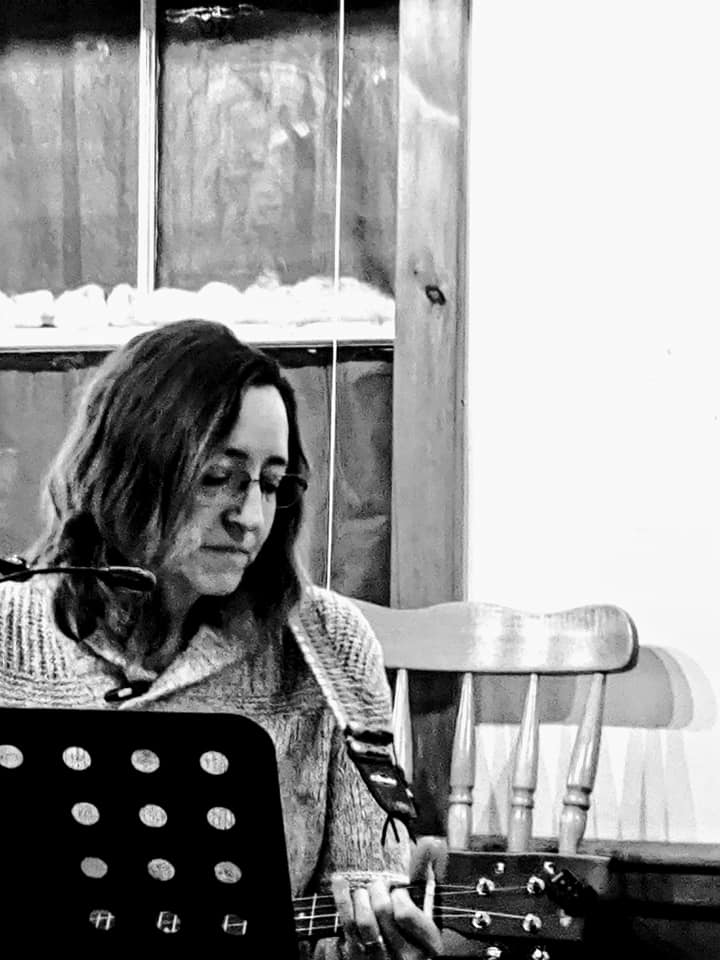
The earth rumbles under our feet in protest
But we ignore it and continue to invest.
There’s a future we are charged to protect
But instead, we selfishly reject it.
We poison ourselves and Nature too
For the convenience of the future.
In response, we hold signs and march in line
Believing that all is fine.
Our hearts barely open their gates to feel anything other than hate.
At this rate, we deserve our fate.
When we’re gone, maybe Nature can recreate.
In a 2011 cautionary episode, OCT sued Oregon’s governor for a ruling that the Public Trust Doctrine requires Oregon to serve as a trustee to protect various public natural resources from being damaged by greenhouse gas emissions, which cause climate change and ocean acidification. The plaintiffs sought to order the State to implement a carbon reduction plan protecting the natural resources, which the court would supervise to ensure enforcement. The Oregon Supreme Court refused to expand the Public Trust Doctrine to include the atmosphere because it was “not easily held or improved,” and held that the PTD was meant “to protect public resources for the benefit of the public’s use of navigable waterways for navigation, recreation, commerce, and fisheries.” The argument that the “Public Trust” should be enlarged so the judicial system can implement a newly-found constitutional right to a healthy climate seems a very tough sell. In a corporation-dominated federal court system that is poised to abolish the constitutional right to abortion, the creation of new governmental protections from ineffective environmental management has very unlikely prospects.
But even if the Public Trust Doctrine were expanded, the OCT’s prescription is corporate and suspect. In OCT’s “Pathway to Climate Recovery” pamphlet, the group cites “transitioning to 100% clean energy” as imperative. OCT’s defining vision of “clean energy” is found in a “groundbreaking” 2019 report by a consulting firm named Evolved Energy Research (EER) for the international Deep Decarbonization Pathways Project. OCT headlined its press announcement, “Groundbreaking Report Shows the United States Can Lead the Way Toward Climate Recovery Without Economic Hardship.”
The press release quotes Jim Williams, a professor at San Francisco State University and associate of EER, as saying “We can limit the risks of climate change and build a clean energy system that meets all our needs. We know what needs to be done. The U.S. can still lead the way. It will not disrupt our economy or way of life.”
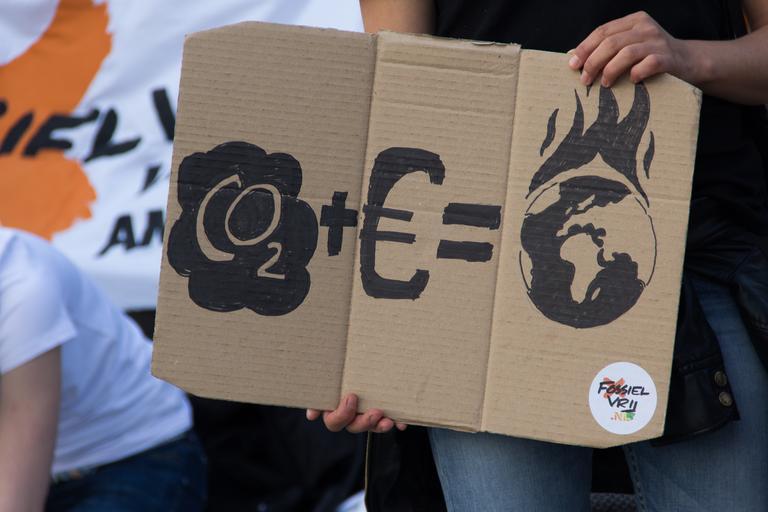
Given the explosion of wildfires in the American West, the spread of epochal drought, increasingly severe tornadoes and hurricanes, movement of the climatological zones northward, and rising water levels in coastal cities, our economy and way of life are already being unpredictably disrupted. All credible predictions are that worse will happen and that the unfolding catastrophe will continue as the Great Unraveling.
In support of its wistful assurance that humanity will be able to stay at 1º C. without economic or lifestyle disruption, EER touts controversial or counterproductive climate rescue solutions: vastly increased industrial wind farms and photovoltaic arrays; biomass burning, including waste-to-energy garbage incineration; large-scale industrial carbon capture and storage; extended use of decaying nuclear power reactors; and widespread deployment of next-generation “advanced” nuclear reactors. EER foresees no downside to the replacement of hundreds of millions of fossil fuel-powered vehicles with electrical ones.
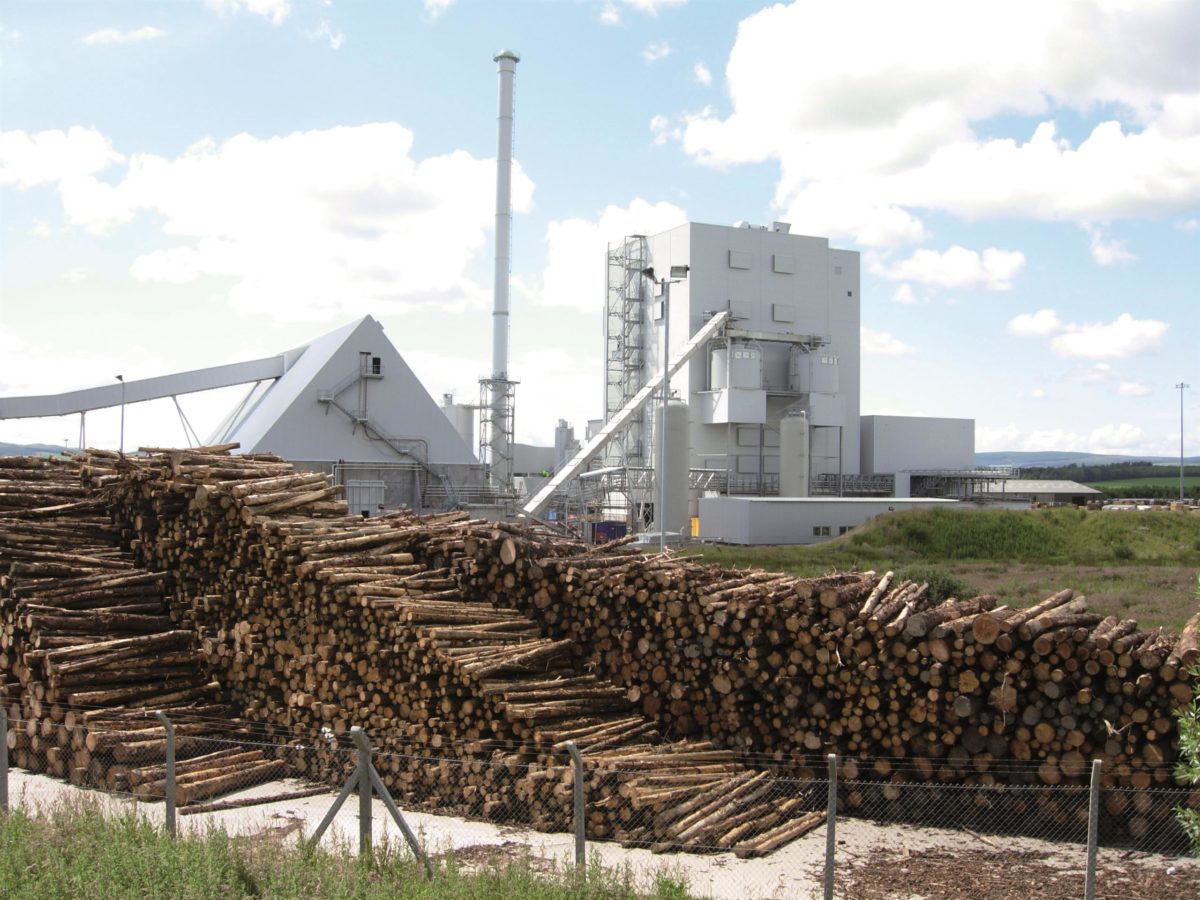
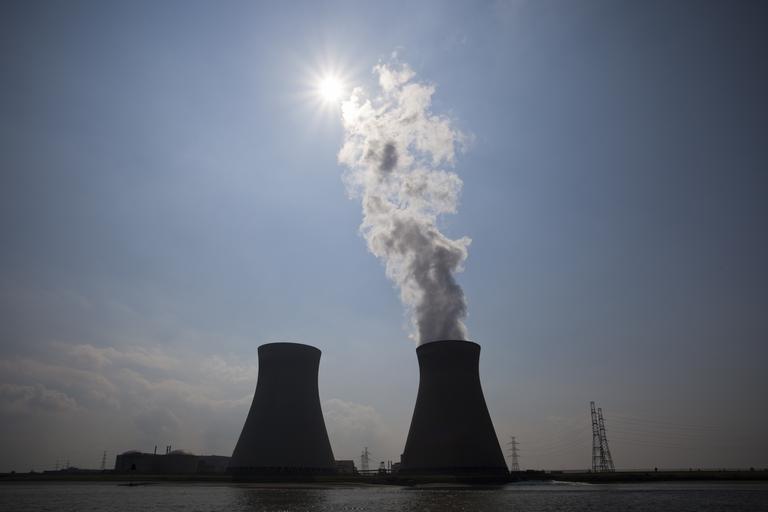

The critical documentary “Planet of the Humans” and the book Bright Green Lies expose the reality that “renewable” energy is heavily dependent on things that aren’t so renewable. Mining for lithium and other precious metals and rare earths, for example, induces the same problems of neocolonialism, disastrous extractive mining, and denial of environmental justice that previous modes of raw resource exploitation cause. Biomass wood-burning and waste-to-energy garbage incineration is not a carbon-neutral energy source. Carbon capture and storage are not commercially workable and remains largely experimental. Many aging nuclear power plants are being closed for ostensibly economic reasons that camouflage looming safety concerns accrued in plants operated beyond their planned useful lifetimes. The Davis-Besse nuclear power plant near Toledo, Ohio, for example, has chronic and uncontainable micro-cracking going on in the walls of the shield building that supposedly protects the reactor from being damaged by outside sources. The Palisades plant in southwestern Michigan is classified as having the second most embrittled reactor vessel in the American nuclear industry, with the potential for disastrous shattering if there is too extreme a temperature change in the water circulating through it. The extension of aging reactor operations implicates safety and is not an easy question of keeping them open for a longer time.
So-called “advanced” nuclear reactors encompass an untested range of 10 different types. Some of the advanced designs — none of which have been commercially built — can explode or melt down. Other types would use isotopes from radioactive waste as fuel. The reprocessing of nuclear waste would also separate weapons-grade plutonium, a highly desirable commodity for illicit black-market trading. Still, other advanced reactor types would make nuclear weapons proliferation a global nightmare. None of the advanced nuclear reactors being studied will be commercially possible before the early to mid-2030s. Advanced reactors are “too late, too expensive, too risky and too uncertain.”

There are several lessons to be learned from the Juliana case and the international litigation activity spawned by Our Children’s Trust.
● The outcomes of future struggles cannot for the most part be left to lawyers, experts, and friend of the court briefs. Juliana began as a “silver bullet,” targeted lawsuit that has been forced off course by law and politics. After 7 years, there’s no end in sight. The plaintiffs will be parents themselves, and years into adulthood, before there is a court result. Courts follow history; they rarely lead it. The high point of the lawsuit may have already occurred, with the trial and appellate courts’ acknowledgments that the other branches of government are failing the public on climate chaos. The Juliana plaintiffs hopefully will not let themselves become helpless bystanders. Neither they nor the country can afford more years of legal melodrama awaiting the American “justice” mirage to generate an outright defeat or weak symbolic victory.
● OCT must stop marketing Juliana as the gateway to a painless transition when authoritative environmental science predicts widespread economic dislocation and social deterioration. OCT’s current message is that solving climate chaos can be left to lawyers and the courts to fix. Yet politics-as-usual, endless material consumption, inequitable distribution of wealth, incomplete implementation of human rights principles, and the dysfunctional physical environment are aggravating the mounting crisis. Climate chaos will not be resolved by switching from gasoline to lithium batteries, ignoring the unsustainable consumptive North American lifestyle, and relegating determination of the climate crisis details to the courts.

● Depending on the courts to use the atmospheric Public Trust Doctrine to reinvent themselves as society’s climate saviors is magical thinking. The Congress and Executive branches of government are not leveling with the People about the coming crises, and it is unrealistic to expect the politicized and reactionary federal courts to step up as the adult in the room. A Rights of Nature-based legal framework, which would emphasize the hierarchy of ecological existence for survival, could much better illustrate the recalibration needed for human survival and provide standards to guide decision-making. Indeed, OCT’s most solid court victory to date was achieved in Colombia, where its affiliate advanced a Rights of Nature legal theory to protect the Colombian Rain Forest. In 2018 the Supreme Court of Justice conferred legal personhood on the Rain Forest and ordered the Colombian government to create and implement plans to curb deforestation; update and orient existing land use management plans to address climate change and adaptation; and develop an “intergenerational pact for the life of the Colombian Amazon” in collaboration with the plaintiffs, affected communities, and research and scientific organizations.” Despite this smashing breakthrough win for the Rights of Nature doctrine – which has been recognized internationally – Our Children’s Trust clings to the Public Trust Doctrine as the legal game-changer to rescue the Earth’s habitability.
● Notwithstanding the high-fiving and precocious victory laps taken by OCT’s generational stand-ins, movement building has only just begun. Sustained human resistance to the corporate and governmental perpetrators of climate chaos must become the pre-eminent focus in our politics. Protracted and creative civil disobedience will become obligatory. The new combinations and intersections of activism require more than celebrity and more than writing letters requesting the support of elected members of Congress for the Juliana case. Local advocacy is essential to cause changes in lifestyle and carbon consumption through changing mass transit policy, advancing local food production, opposing war industries, pushing energy conservation in public facilities and land-use decisions, and organizing for recognition of the rights of nature and against the privatization of public utilities and the commons in general.
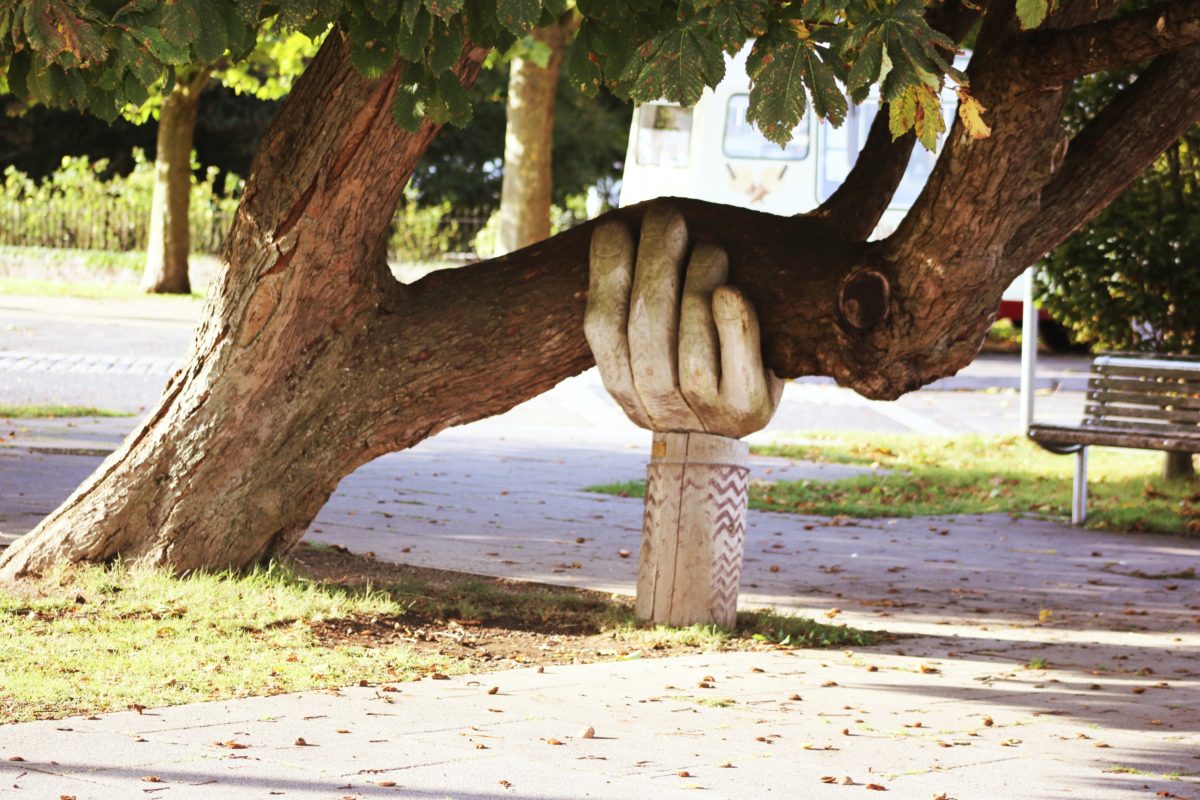
While we’re being told by scientific authority that decisive action to reduce carbon emissions is mandatory within the 2020’s, the legal theory underlying Juliana is risky and time-consuming. Worse, “victory” in Juliana would mean contradictory and self-defeating technological fixes which are misleadingly cast as proven ways to salvage life on the planet. In these potentially closing moments of human existence, the inhabitants, human and otherwise, deserve a whole lot better.
